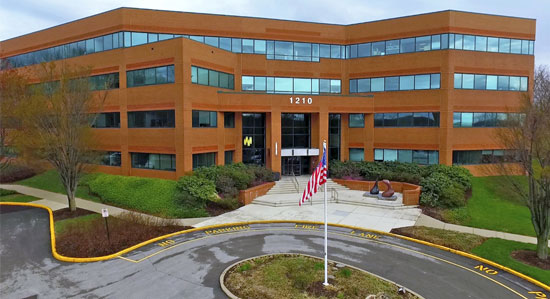When Aggressive Driving Leads to Road Rage
 In a study conducted by the AAA Foundation for Traffic Safety, approximately 8 out of 10 drivers in the United States reported aggression and anger while on the road. As a result, they exhibited dangerous driving behaviors including yelling, honking their horn repeatedly, making rude hand gestures, tailgating or intentionally ramming another vehicle. While some of these behaviors might not initially seem harmful, aggressive drivers can quickly escalate to more dangerous behaviors on the road that could lead to car accidents.
In a study conducted by the AAA Foundation for Traffic Safety, approximately 8 out of 10 drivers in the United States reported aggression and anger while on the road. As a result, they exhibited dangerous driving behaviors including yelling, honking their horn repeatedly, making rude hand gestures, tailgating or intentionally ramming another vehicle. While some of these behaviors might not initially seem harmful, aggressive drivers can quickly escalate to more dangerous behaviors on the road that could lead to car accidents.
The survey also found that approximately 1 out of every 4 drivers claimed that they have intentionally blocked another driver from changing lanes while nearly 12 percent of those surveyed said they have purposely cut off another driver. These reckless behaviors greatly increase the risk of an accident, especially when travelling at higher speeds. If the driver who had been cut off retaliates, the situation could become violent.
The Difference Between Aggressive Driving and Road Rage
Aggressive driving is often characterized by many of the behaviors listed above as well as speeding, turning without signaling, tailgating, and other reckless driving maneuvers. While some drivers are more prone to aggressive driving, others are more likely to become aggressive due to external factors. For example, if the driver is running late, they might resort to speeding or tailgating when they wouldn’t do so under other circumstances.
When that aggressive behavior is allowed to go unchecked, it can turn into road rage. Road rage is defined as when a driver’s aggressive behavior escalates into violence against another driver. Road rage is a criminal offense and is categorized by the offending driver attempting to cause physical harm to another driver or to their vehicle. Across the US, there have been nearly 1,500 fatalities due to road rage since 2008.
The clearest difference between aggressive driving and road rage is the intention of the offending driver. If the driver is exhibiting aggressive behaviors for their own gain, such as speeding or tailgating to try and get to their destination more quickly, it is considered aggressive driving. If the offending driver is intentionally endangering other drivers or vehicles, then it is considered road rage.
Both aggressive driving and road rage can lead to fatal accidents. The National Highway Traffic Safety Administration has reported that around two-thirds of all car crash fatalities have involved some form of aggressive driving.

